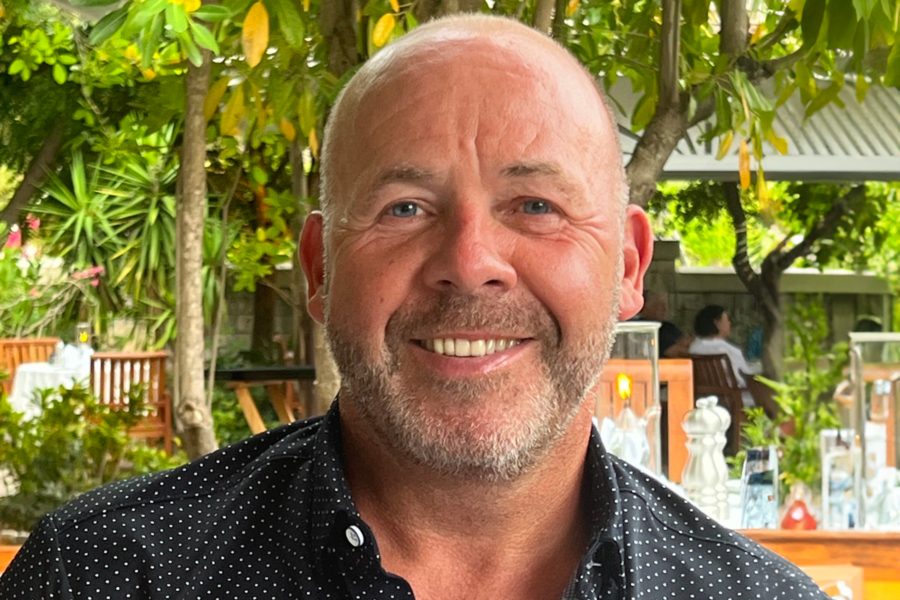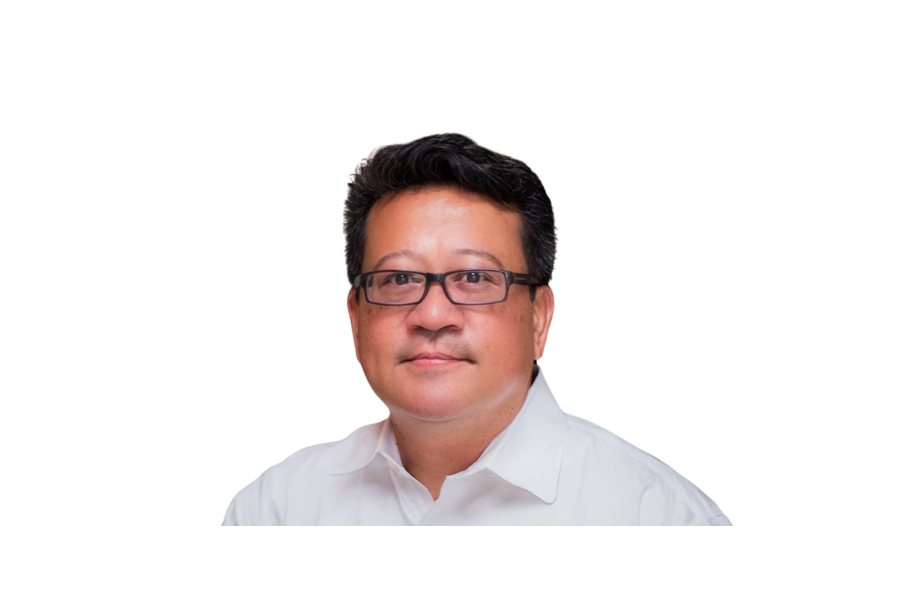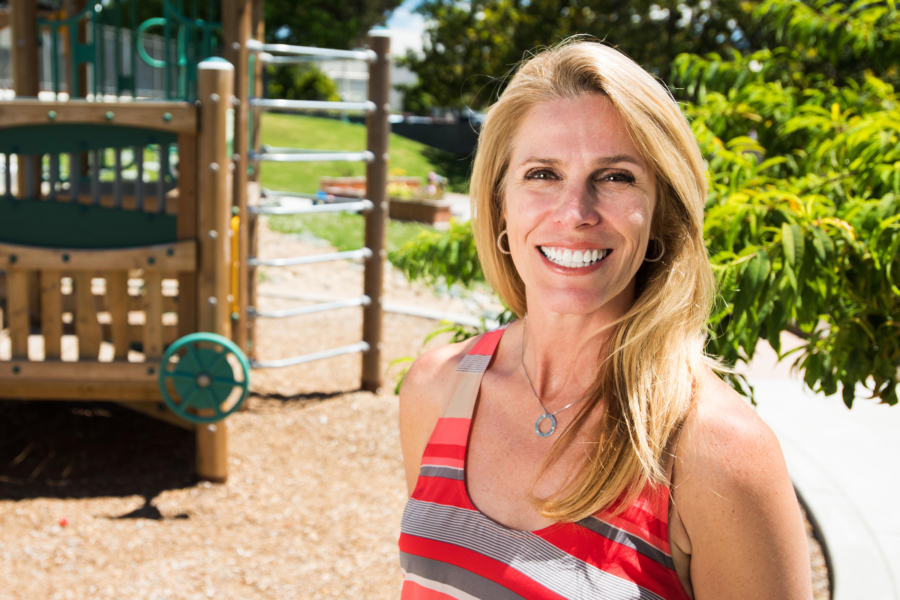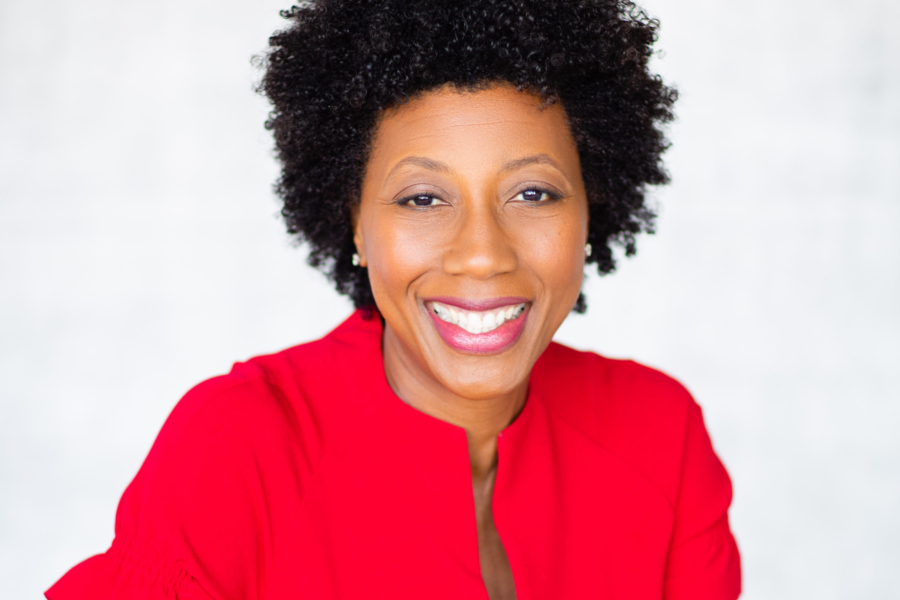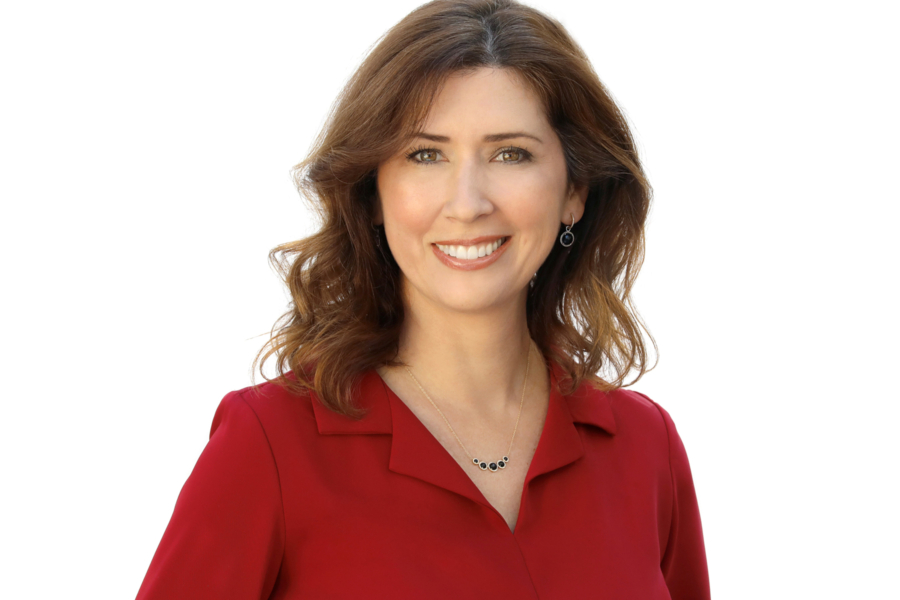Key Takeaways:
- Reducing internal mobility barriers and revamping compensation to be more equitable were key components in building ADP’s “win as one” culture.
- Predicting someone’s success in an organization involves much more than skills; the work environment is also important and must be part of the assessment.
- For companies selling into HR and L&D, position your solution as a way to answer critical, strategic questions, rather than through obvious blanket pitch statements. (Are you asking the right questions?)
For this issue of People Matters, we are excited to interview Dermot O’Brien, former Chief Transformation Officer and Chief Human Resources Officer at ADP. Dermot spent the last decade of his career at ADP, where he spearheaded a globalization effort to remove silos and sync up company operations, and improved business performance through people-centered strategies. Before ADP, he was the Executive Vice President of Human Resources at TIAA for close to a decade.
In this interview, Dermot shares the secret behind building ADP’s impressive HR strategy, the importance of creating a “win as one” culture, and how HR leaders can adapt to challenges of generational shifts and technological advancements.
This interview has been edited for brevity and clarity.
How did you start your journey into the world of human resources and talent?
I unexpectedly found my career path after community college and studying finance at Pace University. My first job was at Morgan Stanley where I initially thought I was joining the Tax Department as an international tax analyst. Within two weeks, I realized I was actually in human resources, a field I was not familiar with.
In HR, I specialized in managing the technical aspects of expatriate programs, dealing with employees assigned overseas. This role led me to oversee Morgan Stanley’s Global Expatriate Program, where I got direct exposure to frontline HR tasks. Despite my finance background and initial interest in financial services, I found myself drawn to HR. It wasn’t a planned career move, but it turned out to be a pivotal and fulfilling shift in my professional journey. I remained in HR working at organizations, including Merrill Lynch, TIAA, and, most recently, ADP.
At ADP, how did you transition from leading HR to being Chief Transformation Officer? Were there differences between the two roles?
I’ll start with the similarities in my roles. My experience in HR, where I focused on enhancing business performance through people-centric strategies like culture, inclusion, compensation, performance, and talent management, was likely why Carlos [Rodriguez], the CEO at the time, chose me for the transformation role. In HR, I was deeply involved in driving change and focusing on engaged performance, which I did alongside a great team over six years.
The major shift in my new role was that, instead of just supporting business performance and outcomes, I was directly setting and monitoring business performance targets. It was a significant change from facilitating and influencing to actively directing business heads in their performance goals and achievement of outcomes.
Carlos chose me for the role because he wanted an effective, people-oriented approach rather than the aggressive “pitbull” strategy. He knew this work needed a leader who could drive sustainable results through positive engagement rather than force.
What are some key tactics or strategies you used to make people feel like they are part of the process?
I started with a video to our 60,000 associates, emphasizing we were in this together. I shared that we didn’t have a complete plan yet, but stressed the importance of their input and our commitment to ADP’s values.
This approach set the tone. We were building our strategy based on these values, ensuring transparency and accountability. I made it clear that everyone’s voice mattered, aligning with ADP’s value, Each Person Counts.
As we developed our strategies, we kept everyone updated through quarterly reports on our internal portal, maintaining transparency about our progress and challenges. Carlos was instrumental, personally responding to every query and fostering a culture of open communication.
This values-driven, transparent approach was key. It ensured alignment across the board and set a clear standard for achieving our goals.
What are a couple of initiatives that you led at ADP that you feel particularly proud of?
One initiative I’m really proud of is our globalization effort. It was a huge task, considering ADP was full of silos like many big companies. My role was to design, roll out, and monitor this process. We maintained our historical P/L vertical structure but added a horizontal one, like reinforcing with bamboo, to ensure different parts of the business and functions were in sync. This opened up opportunities for people within ADP, allowing a freer flow of talent and ideas. Globalizing impacted everything from pay to talent management, bringing a global lens to our diversity and inclusion efforts. It was a big factor in ADP’s growth, liberating a lot of potential in our business and people, and unleashing untapped human and financial value
Another big thing was transforming HR early on. ADP’s HR was also very siloed, with people in business units feeling stuck. Two months into my role, I proposed that ADP should not only sell world-class human capital management solutions but also be a leading human capital practitioner. We brought in The Hackett Group for an assessment and found ourselves in the third quartile. Setting a three year goal to reach the second quartile with some world-class elements, we embarked on a transformation journey. We achieved our target, reaching the second quartile and even excelling in several first-quartile areas. This journey showed ADP how to set and achieve big goals, boosting our collective pride and confidence.
You were focused on building a “win as one” culture at ADP. What does that entail and how were you able to infuse that culture throughout the organization?
At ADP “win as one” was our mantra, inspired by Carlos’ vision to “simplify, innovate, and grow.” We focused on breaking down internal barriers, making it easier for employees to move and grow within the company. For instance, we reduced internal transfer notice periods significantly, fostering more fluidity and opportunity.
We also revamped our compensation structure to align with our mantra. Previously, bonuses were limited to higher-level associates, but we extended this to include all of the workforce. Associates could earn up to 5% of their salary as a “win as one” bonus based on collective performance goals. This approach was effective, with staff earning bonuses in two out of three years. In the year affected by COVID, when we didn’t meet our targets, so no one received “win as one” bonuses, and the feedback we received was that people understood given how open the pay and performance plan was.
Meeting our goals meant shared benefits for everyone, embodying the true spirit of “win as one” at ADP.
ADP has continuously come up on top for employee satisfaction surveys. What do you think are some of the driving forces behind this?
ADP’s high employee satisfaction stems from their unique culture, which dates back to their founder, Henry Taub’s, decision to call employees “associates,” emphasizing respect and dignity.
This set the tone, from the beginning, to treat people well. We’ve always prioritized listening to our associates through regular satisfaction surveys, ensuring their voices are heard and acted upon. Leadership success at ADP is also closely tied to team engagement and satisfaction, with leaders benefiting or being held accountable for how their teams feel under their guidance.
Additionally, ADP values personal touches like celebrating milestones and acknowledging personal events, which reinforces our appreciation for associates as individuals. This blend of respect, active listening, accountable leadership, and personal recognition has been crucial in maintaining the high employee satisfaction ratings.
As you talk to other people leaders, what do you think are the top two to three concerns for them at this moment?
The return to office remains a significant challenge and likely always will be. It’s a situation in constant flux, requiring ongoing adjustment and experimentation. There’s no single solution here; it’s about continually adapting at the employee and leader level and finding what’s effective in this ever-changing scenario.
AI is a major topic of discussion, with a mix of excitement and concern. The key is figuring out how to govern it effectively and integrate it into key processes, especially in HR.
Another emerging concern is skills architecture. Understanding our workforce’s skills, identifying gaps, and planning for future needs is crucial. While there are some solutions emerging, like those from Seekout, finding flexible, dynamic approaches to this age-old problem remains a challenge. We need to move away from static, rigid models of the past and find innovative ways to address this fundamental business question.
At Reach we spend a significant amount of time looking at solutions tackling the skills gap problem. What is the core problem that has to be solved for a company to exist and do well in this space?
The challenge with assessing skills and fit in an organization is that it varies greatly depending on the individual, their role, and the organization’s culture. For instance, someone might be successful at a company like Oracle but struggle at ADP. This highlights the complexity of “fit” and how it can often be subjective, or hard to analyze.
Even with comprehensive assessments, predicting someone’s success in a role involves many variables, including their interactions with others and the work environment. I’ve experienced hiring senior people who seemed perfect but weren’t successful in their roles. It’s not always about their capabilities; sometimes, they just can’t thrive in a particular environment.
These assessments should be a mix of quantitative, qualitative, and environmental factors. For certain roles, like engineering, where skills are more quantifiable, assessments can be more straightforward. But for roles that are more subjective, like some HR positions, it’s trickier. When facing such complex problems, I believe in breaking them down into manageable parts. Start with roles where skills are more quantifiable and build credibility before tackling the more complex, subjective roles.
What advice would you give founders who are looking to sell into HR or L&D?
The key is to do your research. It’s surprising how many people don’t. For instance, I receive LinkedIn messages offering recruitment services, but a quick look at my profile shows I’m retired. Not doing basic research is a huge turnoff.
Another effective strategy is to sell through questions rather than statements. Make your potential client, especially if they’re in HR, feel that your solution will make them more strategic. Many HR professionals feel undervalued, so offering something that boosts their strategic importance can be a big win. For example, ask fundamental questions like, “Do you know who your best people are? Are you aware of how they feel about their roles?”. Obviously, the questions depend on your solution.
Position your solution as a way to answer the critical questions. This approach makes the buyer reflect on their gaps and see the value in your solution more clearly.
When you’re not focused on HR, how do you enjoy your time?
My wife and I have taken up golf since moving to Florida. It’s a great way to meet people, which was especially helpful when we first moved here. Travel is another big part of our life now. We spent August in Ireland and England and are planning another trip this summer to Ireland, Scotland, England, and Marbella.
I’m also investing in personal development; I’ve started cooking classes and guitar lessons to improve my skills. Playing the piano is another hobby I am working on.
Beyond hobbies, my wife and I are deeply involved in our families. We act as connectors, making sure everyone is taken care of as best we can. This role is very fulfilling for us, and it’s rewarding to use our success to help others.

